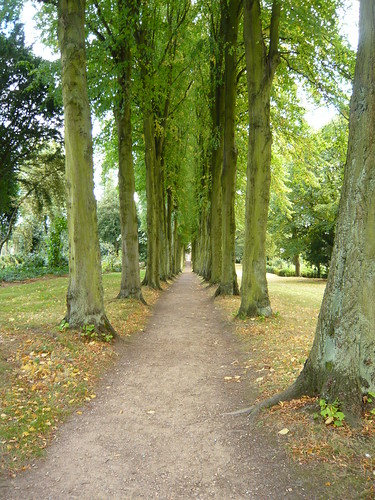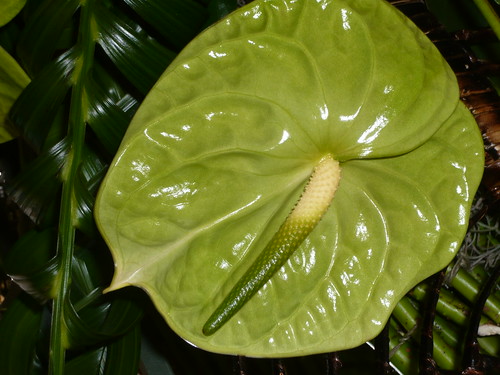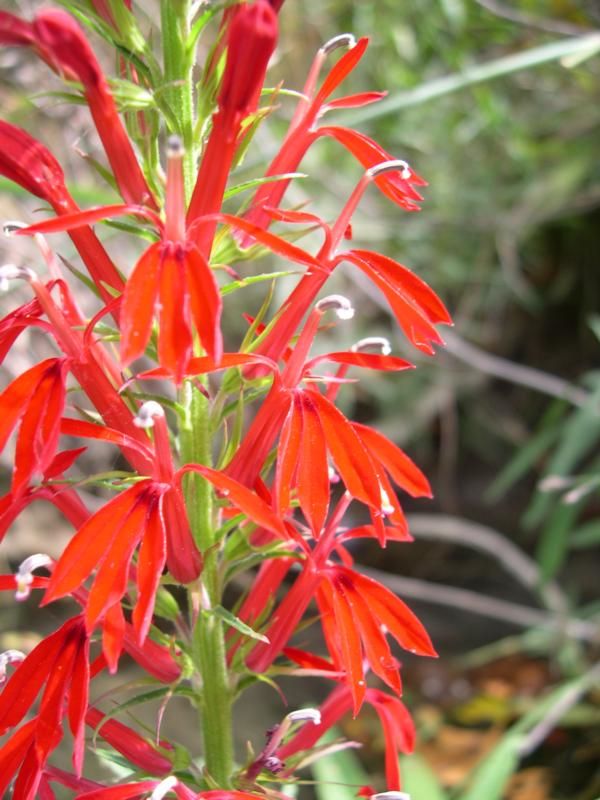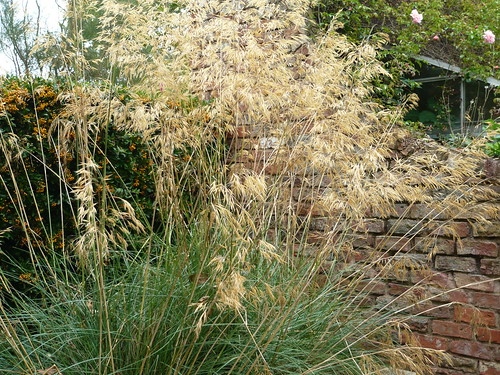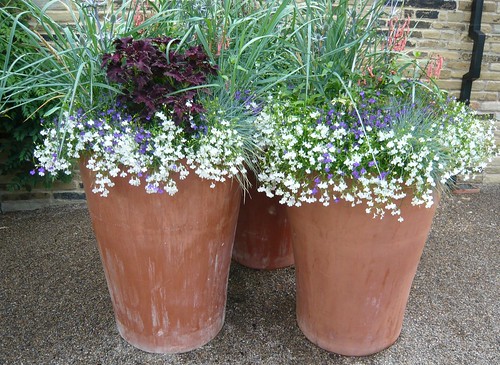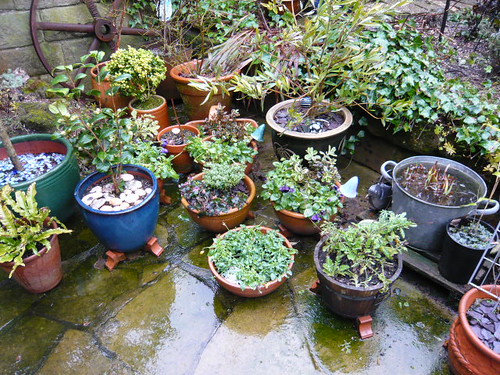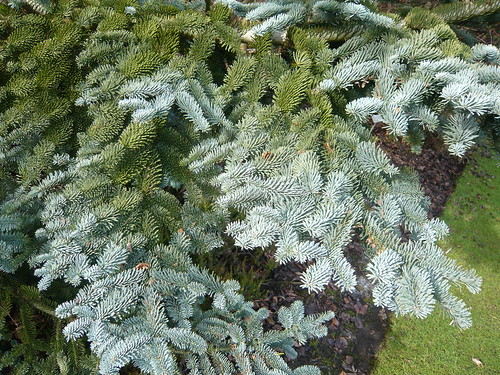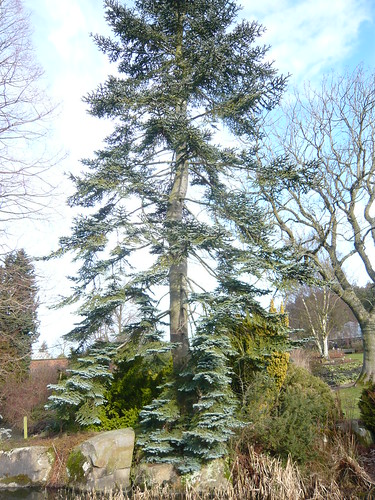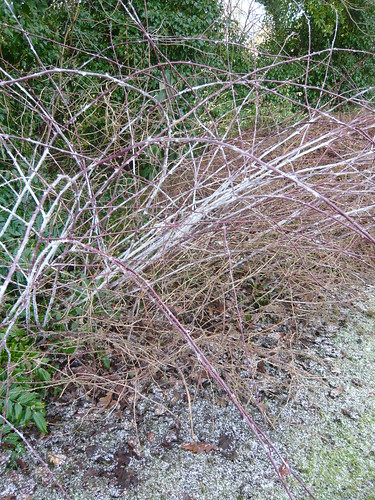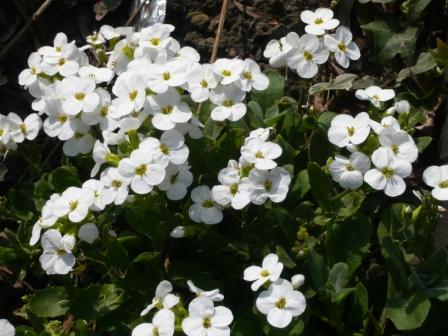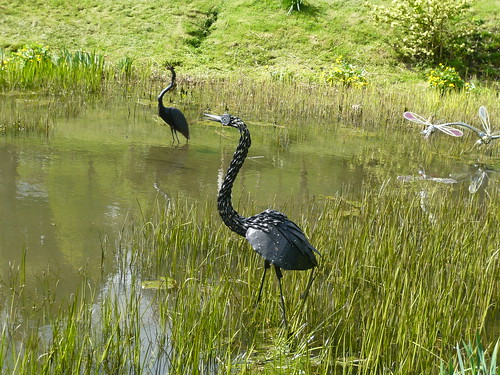Best Pond Tips

If you are thinking and planning to get the best out of a new or rejuvenated pond than consider these quick tips
Design Tips
- Design your pond so there are shelves around the edge of the pond for shallow and marginal plants. Water Lilies need to be planted at least 18″ deep.
- If your pond has sheer sides you may want to grow marginal plants by submerging some staging (a weighed down inverted box). This can also be used as an escape route for amphibians to get out of the pond.
- Keep good pond hygiene by preventing leaves and debris falling in the pond. Every two or three years have a good clean out reintroducing a small quantity of sludge at the bottom to get the process going again. Locate the pond where you can see it preferably in a sunny position well away from any Pine trees. Koi fish need a shaded location.
- Ornamental ponds may be best located in an elevated position to avoid run off filling the pond.
Planting Up
- Plant in containers that you can hook out for plant maintenance. You can use a wire coat hanger on a stick if you use a basket with open loops. Invasive plants are constrained by the basket and you can rearrange the planting during the year.
- Use good garden soil or special compost for planting and put a heavy layer of gravel on the top of the soil.
- Unconfined plants can look more natural and are often wild life friendly but less showy as ypour best plants need to be containerised.
- Consider a mix of Deepwater, Floating, Marginal and Oxygenating plants. Deepwater plants like cooler water and the floating leaves create this in a way that supports more life forms and restricts blanket weed.
- Water hyacinth absorbs pollution particularly from fish waste. Skim off and compost excess plants as they multiply.
- Bog plants and waterside plants are optional depending on your design and space. For a bog look in drier soil use Hostas and Bearded Iris or Iris Pallida that look like Bog Iris.


